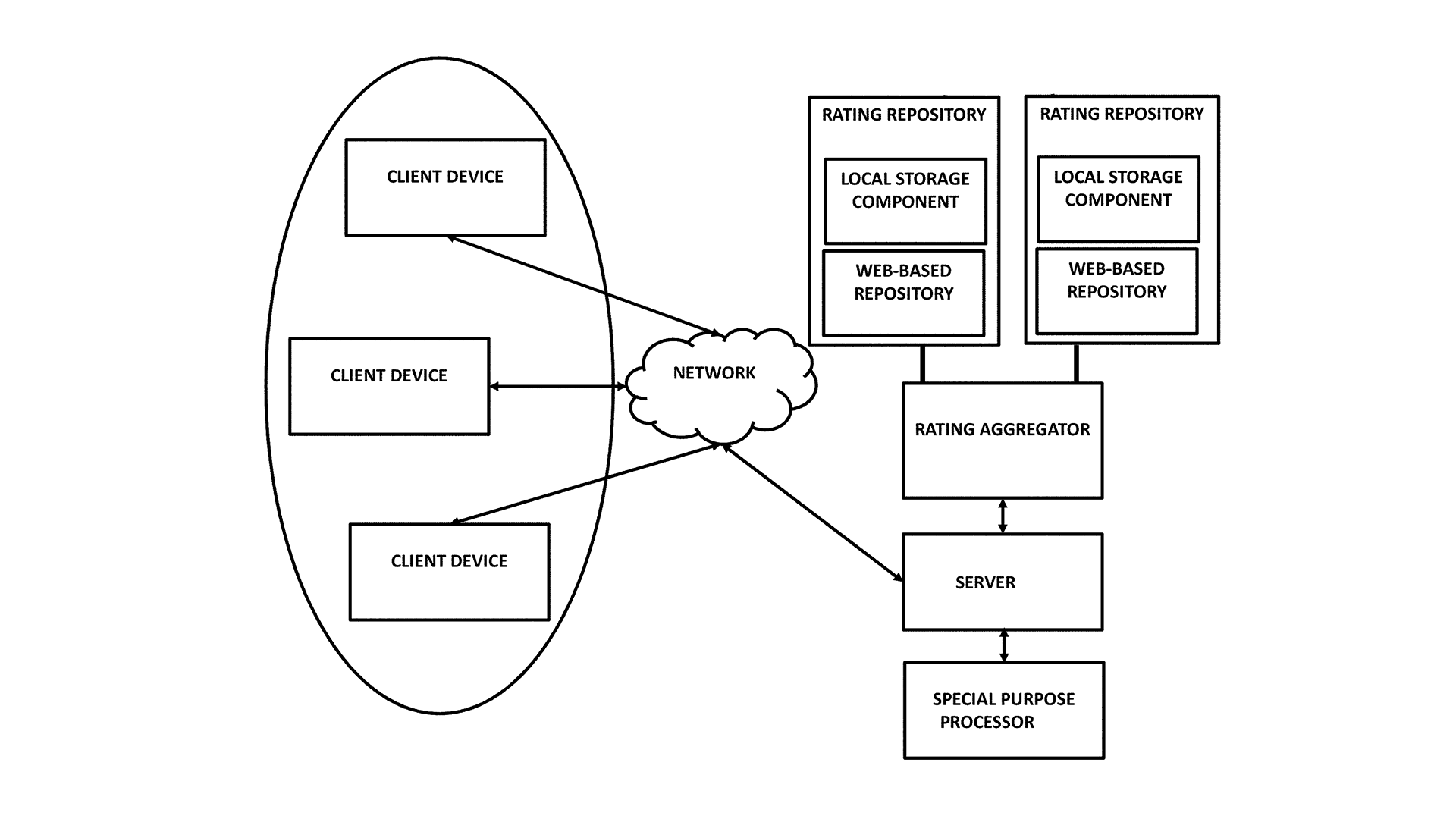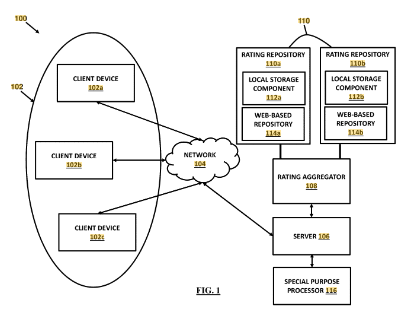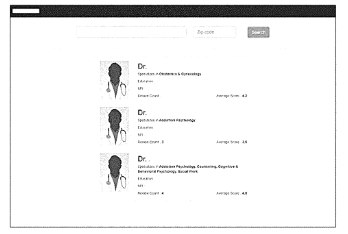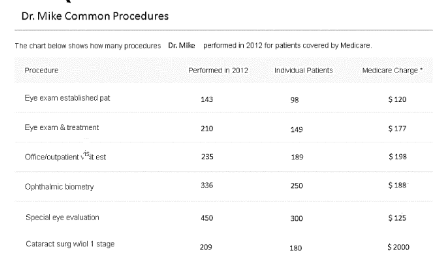
Challenges in Online Ratings and Reviews
The existing landscape of online rating and review platforms is fraught with significant challenges in ensuring the accuracy, reliability, and authenticity of the information presented. These platforms host a plethora of reviews and ratings that can vary dramatically in their assessments of a given entity, such as a physician, primarily due to the diverse backgrounds and intentions of reviewers. Moreover, the trustworthiness of these reviews and the credibility of the reviewers themselves remain uncertain.
The Limitations of Existing Rating Aggregation
While rating aggregation algorithms attempt to consolidate data related to reputation management, they often fall short in delivering an optimal aggregate score, which can adversely affect the credibility assessment of entities like physicians. The limitations stem from the inherent disparities in how reviewers rate entities and the varying degrees of reliability associated with different reviews and reviewers. There is a pressing need for an innovative way of generating a superior aggregate rating indicator for entities in the field of reputation management. This approach should strive to achieve optimal ratings, thereby enhancing the precision of entity searches and better serving the diverse needs of users.
Existing rating aggregation algorithms attempt to address these issues by consolidating ratings from various websites into a single score for entities, such as physicians. However, these algorithms do not consistently deliver optimal aggregate scores due to variations in how reviewers assess entities and disparities in the reliability of reviews and reviewers.
Generating Trustworthy Aggregate Ratings and Reviews
The proposed patented technology discussed in this article aims to address these challenges by presenting an innovative approach capable of generating an aggregate rating indicator that optimally reflects the credibility of rated entities, improving search precision and user experience in the process.
Solving the Problem of Fraudulent and Biased Online Ratings and Reviews
The patented technology tackles a significant problem in the world of online reviews and ratings. Essentially, it’s a computer-based method and system designed to help people make better-informed decisions by providing a more accurate and trustworthy aggregate rating, known as “Aggregate Ratings,” for various entities, such as businesses or professionals like doctors.
Imagine you’re looking for a doctor and want to rely on online ratings. This technology doesn’t just take the ratings at face value; it goes a step further. It searches various online sources where ratings and reviews are stored and collects all the data it finds about the doctor. This data includes not only the numerical ratings but also the sentiments expressed in reviews.
Once it has this data, the system uses a special computer program to filter out any potentially fraudulent ratings (refer FIG. 1). It does this by analyzing a range of factors, like whether the person giving the rating is in the same location as the doctor, the reviewer’s gender and age, how often they rate this particular doctor, their writing style, how quickly they provide ratings, whether they’ve submitted multiple ratings from different sources, and more. If a rating is flagged as potentially unreliable or fraudulent based on these factors, it’s excluded from the final calculation.

After filtering out the questionable ratings, the technology then combines the remaining ratings and sentiments to create a more accurate overall rating for the doctor. This aggregate rating is intended to give you a better idea of the doctor’s quality, making your decision-making process more reliable.
In addition to healthcare, this technology can be applied to various other industries where online ratings and reviews play a crucial role in decision-making. It aims to provide users with a more trustworthy and comprehensive view of the entities they’re researching, ultimately helping them make more informed choices.
Innovative Key Technology Components for Improved Review and Reputation Management
The key components of the technology are described herein:
Data Collection: The technology first searches various online sources or repositories where ratings and reviews related to reputation management are stored. These sources could include websites dedicated to rating entities (like Yelp for restaurants), social media platforms (where people often share their opinions), and even specialized rating agencies (like healthcare rating agencies). It collects all available data about the entity you’re interested in, whether it’s a doctor, a restaurant, or something else. This data includes not only the numerical ratings (like 4 out of 5 stars) but also the written reviews and comments.
Fraud Detection: The technology uses a set of rules and algorithms to determine if any of the collected ratings and reviews might be fraudulent or untrustworthy. It does this by looking at various factors associated with each review, such as the location of the reviewer, their gender and age, how often they review the same entity, their writing style, how quickly they post reviews, whether they’ve posted multiple reviews from different sources, and more. If a review triggers suspicion based on these factors, it’s flagged as potentially unreliable.
Trustworthy Aggregation: After filtering out the questionable ratings and reviews, the technology combines the remaining data to create an aggregate rating for the entity you’re interested in. This aggregate rating aims to provide a more accurate and reliable representation of the entity’s quality or performance. It takes into account not only the numerical scores but also the sentiments expressed in the written reviews. This way, you get a more comprehensive and trustworthy view of the entity.

Figure 2

Figure 3
While this technology is particularly useful in healthcare, where finding a reliable doctor is crucial, it’s not limited to just one industry. It can be applied to various sectors where online ratings and reviews play a pivotal role in decision-making, such as restaurants, hotels, products, and services. By using this technology, consumers can make more informed choices and have greater confidence in their decisions. It ensures that the aggregate ratings they rely on have undergone a rigorous process to ensure their trustworthiness, whether for healthcare professionals or other services.
